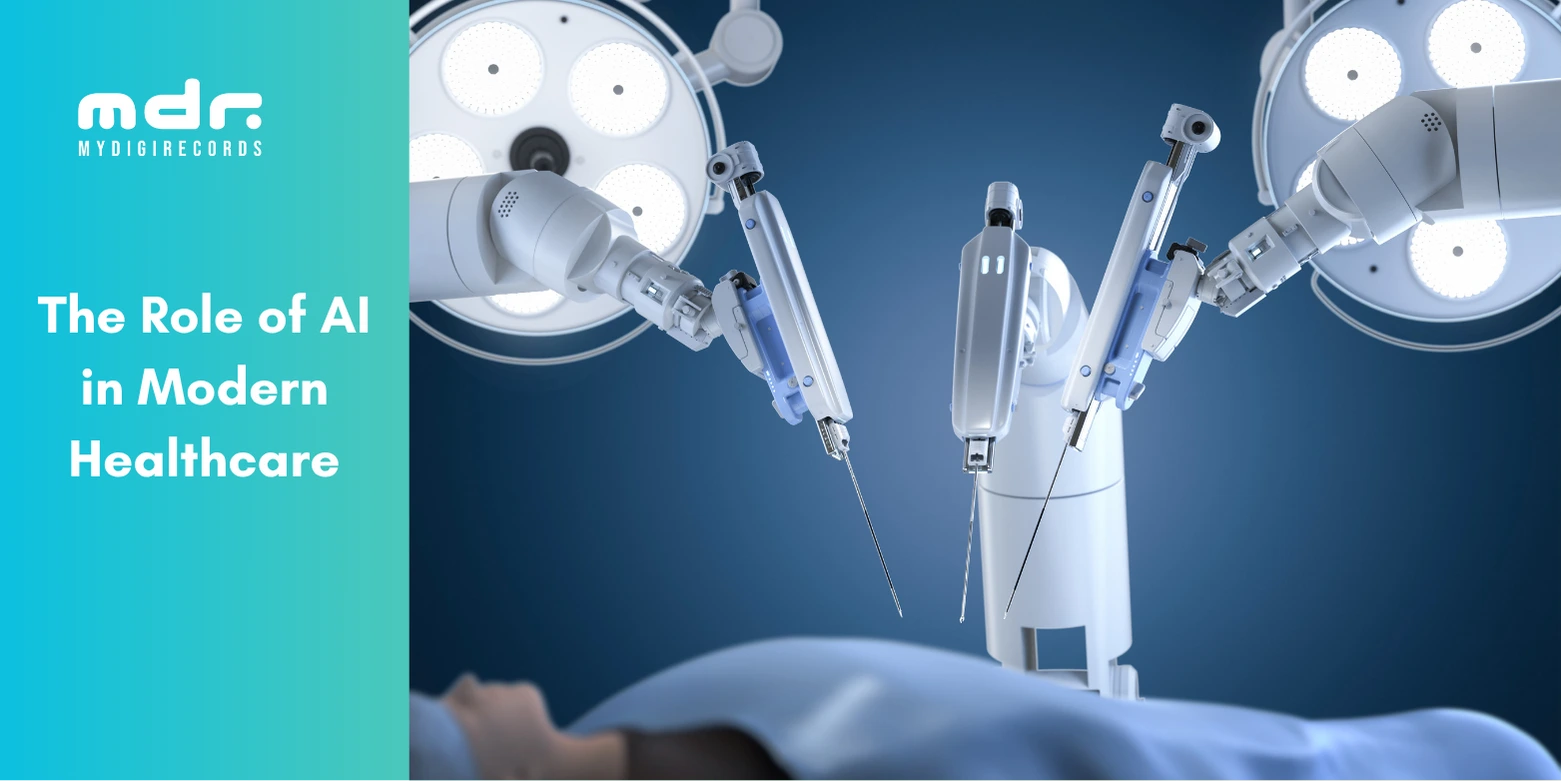How Smart Clinics Are Using AI to Speed Up Diagnosis and Treatment
In a world where time is critical—especially in healthcare—smart clinics are redefining patient care using cutting-edge technologies like Artificial Intelligence (AI). From early diagnosis to real-time monitoring and treatment recommendations, AI is transforming the traditional clinical experience into a fast, data-driven, and personalized journey.
At MyDigiRecords (MDR), we are at the forefront of this transformation, building digital solutions that help clinics, doctors, and patients make better, faster decisions.
What Are Smart Clinics?
Smart clinics are medical facilities that leverage technology—such as AI, IoT, electronic health records (EHRs), and telemedicine platforms—to offer faster, more efficient, and patient-centric care.
Unlike traditional clinics, smart clinics use intelligent systems for:
- Automated patient check-ins
- AI-based triage and diagnostics
- Remote monitoring
- Cloud-based health record management
Digital prescriptions and follow-ups
The Role of AI in Modern Healthcare
AI in healthcare isn’t just about robotics or futuristic tools—it’s about machine learning algorithms trained on massive datasets to identify patterns, make predictions, and support clinical decisions. Here’s where AI is already being used:
- Radiology: Detecting tumors, fractures, and pneumonia from scans
- Cardiology: Predicting heart conditions using ECG and wearable data
- Primary Care: Triage bots suggesting possible illnesses
- Mental Health: AI chatbots offering cognitive behavioral support
In smart clinics, this translates to quicker diagnoses, reduced patient wait times, and personalized treatments—without the burden of lengthy paperwork or guesswork.
Also Read: How Corporates Can Use AI-Powered Health Data to Boost Productivity
How AI Speeds Up Diagnosis in Smart Clinics
1. Symptom Checkers and Chatbots
Smart clinics often deploy AI chatbots at the first touchpoint. These bots:
- Collect patient symptoms via app or kiosk
- Match symptoms to likely conditions using trained datasets
- Direct patients to the right specialist or next steps
This reduces the burden on front desk staff and ensures faster triage.
2. Computer Vision in Medical Imaging
AI systems can now analyze X-rays, MRIs, and CT scans in seconds, highlighting:
- Tumors
- Infections
- Internal bleeding
- Fractures
Compared to a human radiologist who may need 10–30 minutes, AI tools give near-instant results with up to 95–98% accuracy in many cases.
3. Voice-to-Text EMRs
Using Natural Language Processing (NLP), smart clinics automatically convert doctors’ voice notes into structured digital records—eliminating the need for typing, and allowing clinicians to focus more on patients.
AI-Powered Treatment Recommendations
Once diagnosed, AI can support the treatment planning phase. Here’s how:
- Drug interaction checks: AI scans the patient’s history for allergies or past reactions.
- Treatment pathways: Based on current guidelines and patient-specific factors, the system recommends the most effective route—surgical vs. non-invasive, medication dosage, etc.
- Predictive analytics: AI predicts patient outcomes or risks (like re-admission), helping clinicians fine-tune their approach.
In chronic conditions like diabetes or hypertension, AI can also analyze trends and suggest lifestyle or dosage changes proactively.
Case Study: Real-Life Application in Indian Smart Clinics
Let’s take an example from a smart clinic in Bangalore that integrated AI with MyDigiRecords (MDR) to streamline routine health checkups and chronic condition monitoring:
- Problem: Patients with high blood pressure and irregular heart rate were experiencing delayed interventions due to inconsistent tracking and scattered records.
- Solution: The clinic used AI-powered vitals scanning tools integrated with MDR’s SmartVitals Patients scanned their face using a mobile device or in-clinic kiosk, capturing heart rate, blood pressure, and hydration levels within seconds. These vitals were then automatically stored and organized in their MDR profile.
- Impact: Clinicians gained instant access to up-to-date vitals, reducing appointment time by 25% and enabling earlier detection of abnormalities. The system also sent real-time alerts when vitals crossed set thresholds, prompting faster follow-up and intervention.
Another example is from a pediatric smart clinic in Delhi, where AI is used to monitor children’s hydration and stress levels during school health checkups. The clinic uses MDR to record, track, and report these vitals to parents and school authorities—leading to better-informed care decisions and timely medical attention when necessary.
Benefits of AI Integration in Clinics
Here’s what smart clinics gain when they bring AI into the picture:
a. Faster Diagnosis
- AI reduces the time between symptom check and final diagnosis from days to minutes.
b. Improved Accuracy
- Machine learning models trained on millions of health records often outperform traditional diagnostic tools in speed and precision.
c. Cost Efficiency
- Automation of admin and diagnostic tasks reduces staffing overheads and error-related costs.
d. Patient Satisfaction
- Shorter wait times, accurate diagnosis, and faster prescriptions lead to higher trust and loyalty.
e. Better Chronic Disease Management
Predictive AI models help manage diabetes, hypertension, and asthma by offering preventive insights.
Challenges and Ethical Considerations
Despite the benefits, there are real concerns:
- Data Privacy: AI needs access to sensitive medical data, so strong encryption and patient consent are critical.
- Bias in Algorithms: If AI is trained on non-diverse datasets, it may offer skewed results for underrepresented groups.
- Over-Reliance on Tech: AI should support—not replace—clinical judgment. Blind trust in algorithms can be dangerous.
Smart clinics must balance tech adoption with human oversight and transparent practices.
How MyDigiRecords Supports Smart Clinics
At MyDigiRecords (MDR), we empower smart clinics by offering:
- AI-integrated health records: Auto-organized by condition, medication, and lab history
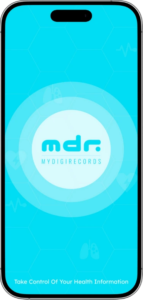
- SmartVitals: Our facial-scan-based vitals reader delivers BP, HR, and stress levels in seconds
- Real-time alerts: For abnormal readings, missed medications, or symptom changes
- Patient insights dashboard: AI-generated visual reports for better patient communication
- Secure cloud storage: End-to-end encrypted, HIPAA-compliant
By bridging patient data, diagnostics, and AI, MDR allows clinics to act quickly, efficiently, and with full context.
Also Read: The Role of AI in Personal Health Records: Smarter Health Management
The Future of AI in Clinical Practice
We’re just getting started. In the next 5 years, expect:
- AI Doctors-on-Demand: Virtual health assistants conducting primary evaluations
- Personalized Genomic Treatments: AI decoding a patient’s DNA to suggest best-fit medications
- Behavioral AI Models: Predicting non-adherence or emotional distress based on wearable + phone data
- Zero Admin Clinics: From check-in to prescription—all automated via AI
The smart clinic of the future will look more like a data lab than a doctor’s office—and patients will benefit the most.
Final Thoughts
Smart clinics are not just a luxury—they’re fast becoming a necessity in a post-pandemic world. With rising patient volumes, staffing shortages, and the need for personalized care, AI offers a scalable, smart solution.
If you’re a clinic looking to enhance diagnostic speed, improve treatment outcomes, and build a data-first approach, it’s time to go smart.
And if you’re a patient who wants to be a part of this revolution, apps like MyDigiRecords are your gateway to faster care and smarter health decisions.
Ready to Modernize Your Clinic?
Visit MyDigiRecords to explore how we can integrate AI, smart records, and real-time vitals tracking into your clinic’s workflow.
Let’s transform diagnosis from delayed to delivered—within seconds.
More blogs for you to read
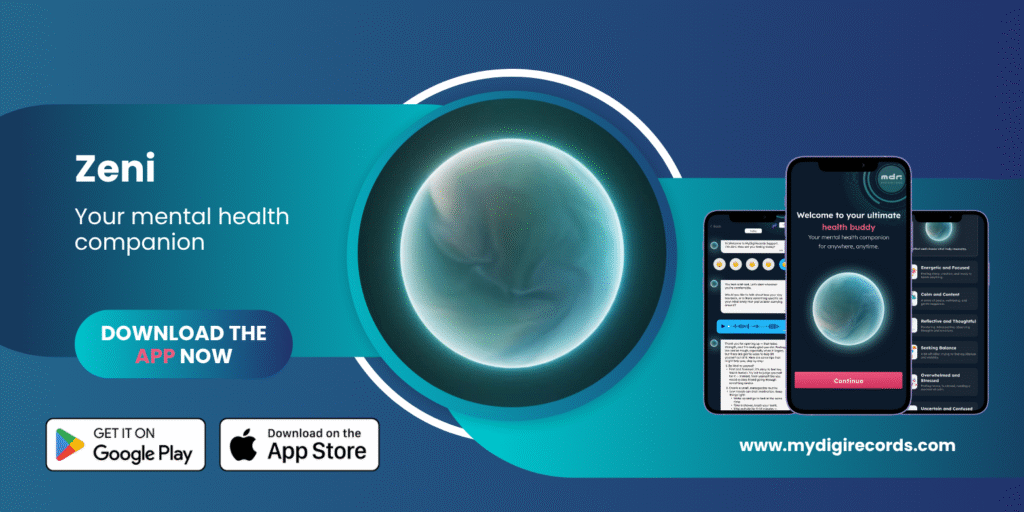
Beyond the Silence: Nurturing Your Mind with MyDigiRecords and Zeni
Table of Contents: Beyond the Silence: Nurturing Your Mind with MyDigiRecords and Zeni The Invisible Weight: Understanding Mental Health Challenges
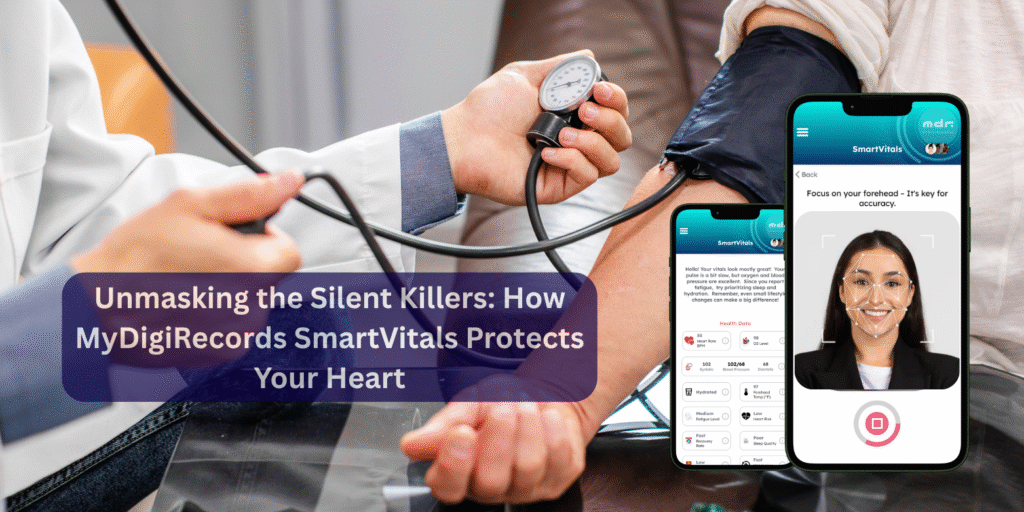
Unmasking the Silent Killers: How MyDigiRecords SmartVitals Protects Your Heart
Table of Contents: Unmasking the Silent Killers: How MyDigiRecords SmartVitals Protects Your Heart Understanding the Hidden Threats Your Defense Strategy:
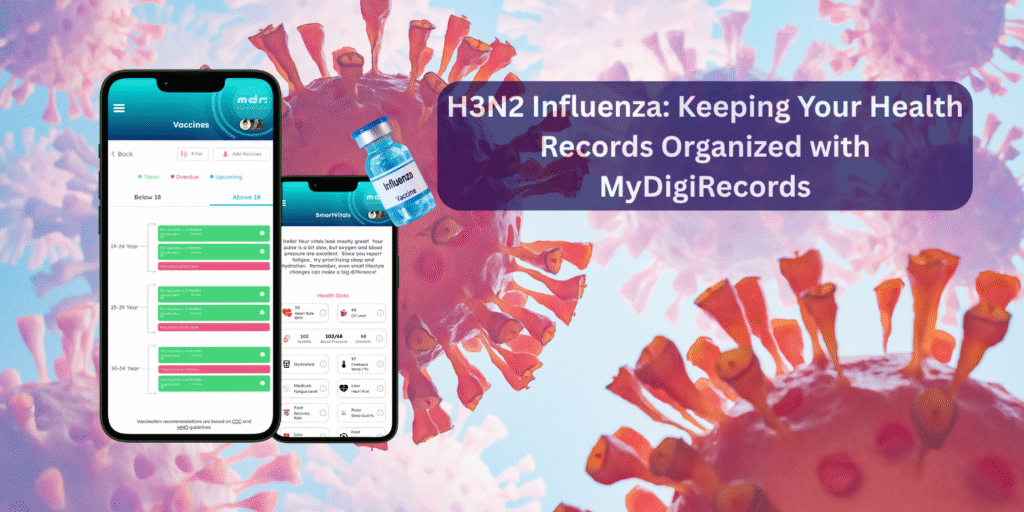
H3N2 Influenza: Keeping Your Health Records Organized with MyDigiRecords
Table of Contents: H3N2 Influenza: Keeping Your Health Records Organized with MyDigiRecords Understanding H3N2 Influenza: What You Need to Know
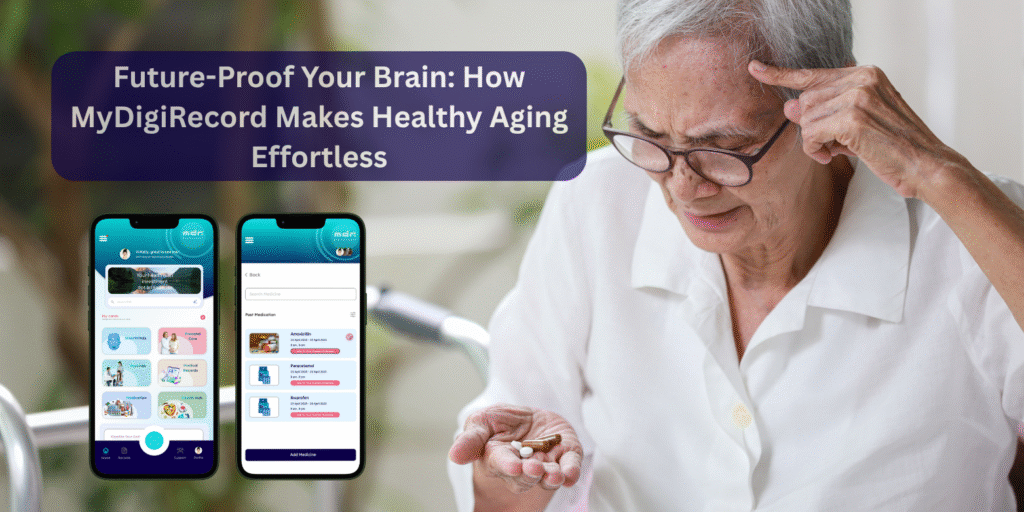
Future-Proof Your Brain: How MyDigiRecord Makes Healthy Aging Effortless
Table of Contents: Introduction MyDigiRecords: Your Partner in Proactive Brain Health Effortless Medication Management: Just Scan and Done! Beyond Medication:
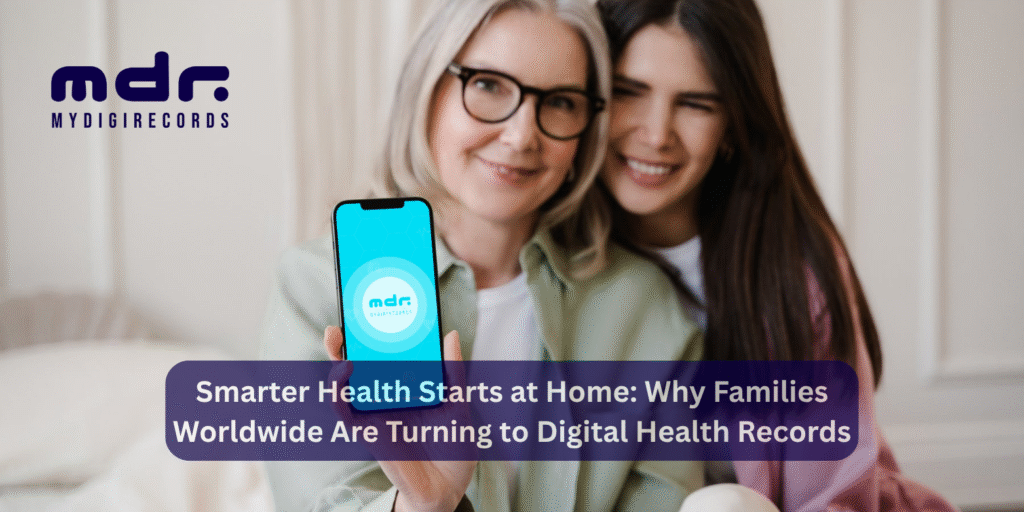
Smarter Health Starts at Home: Why Families Worldwide Are Turning to Digital Health Records
Smarter Health Starts at Home: Why Families Worldwide Are Turning to Digital Health Records Table of Contents: Why Every Family

What Happens to Your Medical History When You Switch Doctors?
What Happens to Your Medical History When You Switch Doctors? Table of Contents: What Happens to Your Medical HistoryWhen You
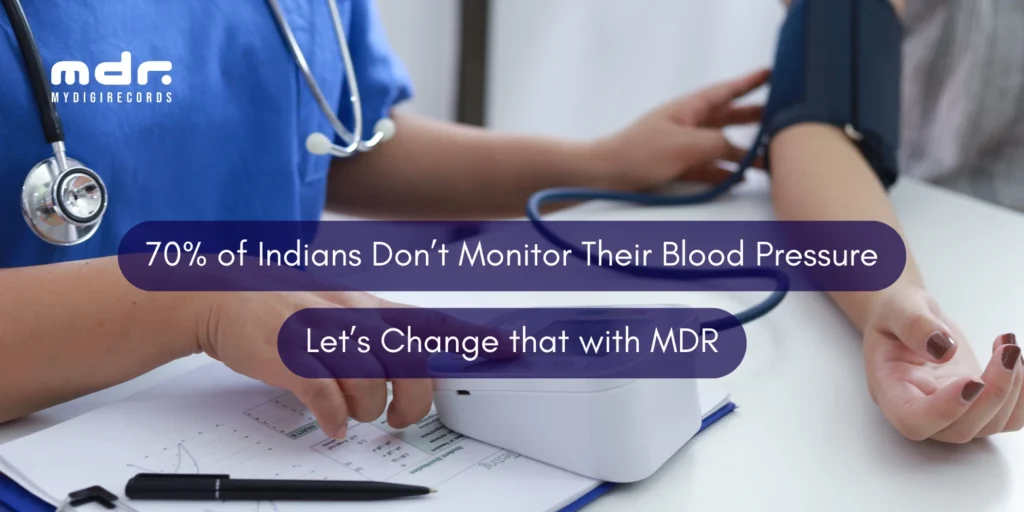
70% of Indians Don’t Monitor Their Blood Pressure – Let’s Change That with MDR
70% of Indians Don’t Monitor Their Blood Pressure – Let’s Change That with MDR Table of Contents: The Silent Killer

New USCIS Rule 2025: Green Card Applications Must Now Include Medical Form I-693 – What You Need to Know
New USCIS Rule 2025: Green Card Applications Must Now Include Medical Form I-693 – What You Need to Know Table

A Deep Dive into ABDM and ABHA ID with MyDigiRecords – Unlocking the Power of Digital Health
A Deep Dive into ABDM and ABHA ID with MyDigiRecords – Unlocking the Power of Digital Health Table of Contents:
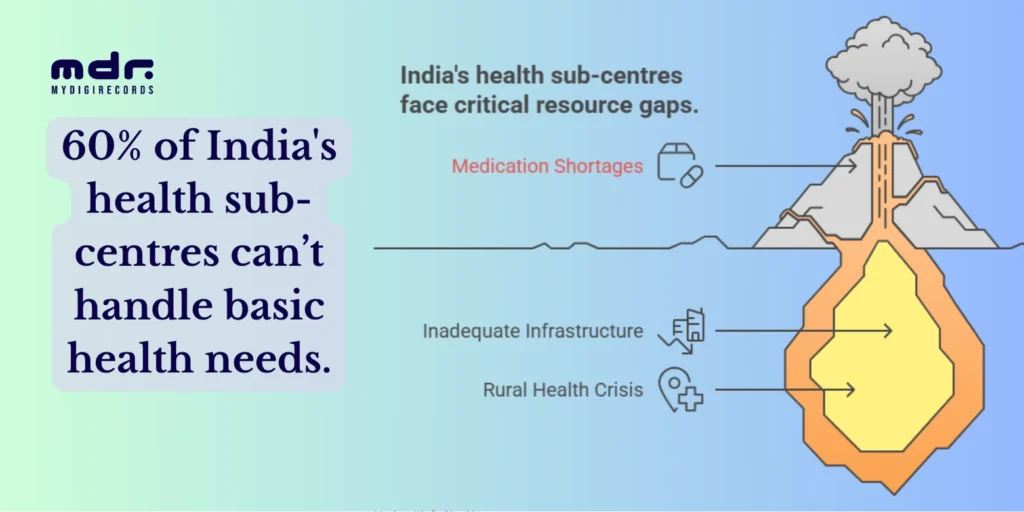
India’s Health Sub-Center Crisis: How Digital Health Records Can Bridge the Rural Care Gap
India’s Health Sub-Center Crisis: How Digital Health Records Can Bridge the Rural Care Gap Table of Contents: Introduction The Data

